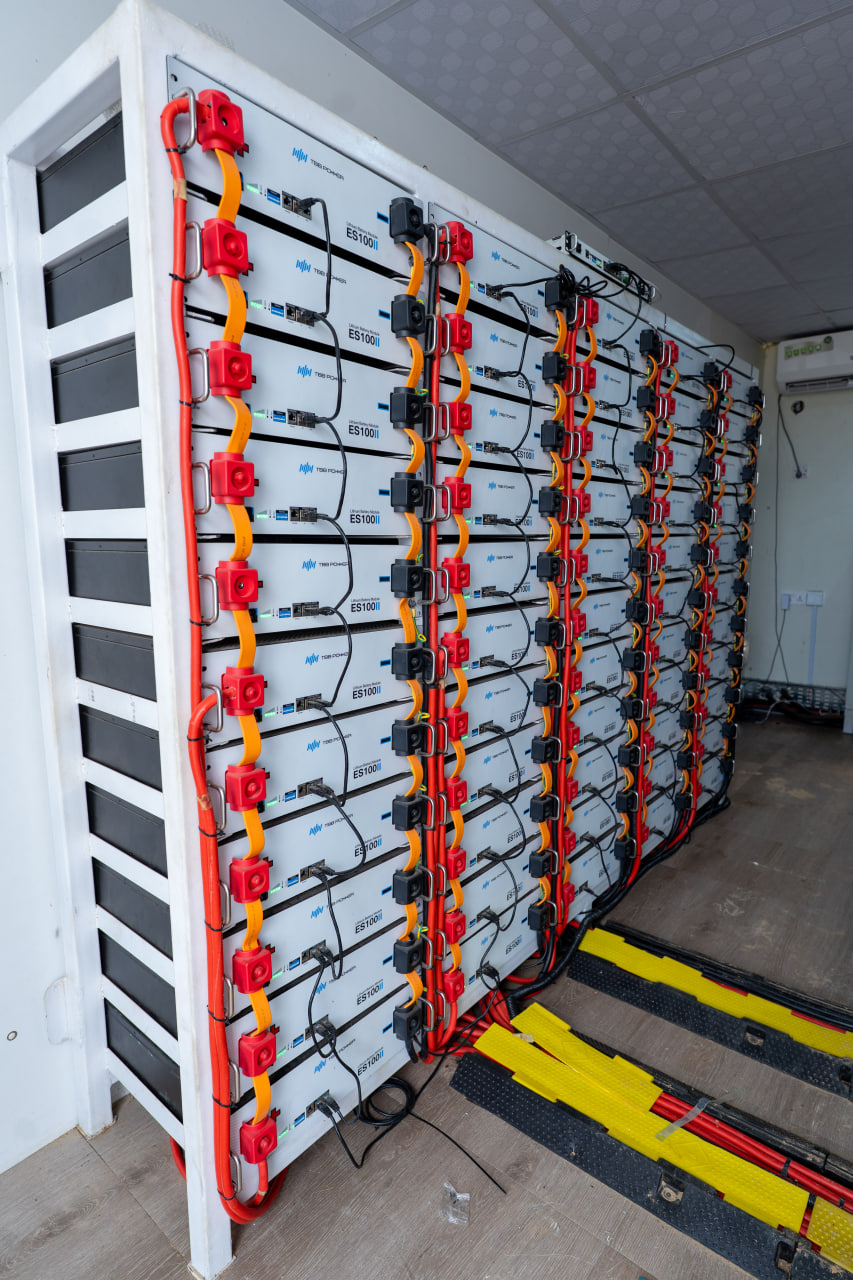How Battery Storage is Revolutionizing Renewable Energy
April 28, 2025
6 min read
Aisha Bello

Batteries make solar dispatchable. In C&I and minigrids, a right-sized BESS reduces diesel run-hours, captures midday excess PV, and rides through evening peaks.
Chemistries and Safety
- LFP for stationary: thermal stability, 6000+ cycles typical, good for hot climates.
- LMFP extends voltage and specific energy while keeping LFP-like safety.
- Sodium-ion: compelling for cost resilience and cold-weather performance; watch 2025–2026 pilots.
Architecture
- Rack/stack systems (48–52 V modules) vs high-voltage cabinets/containers (600–1000 Vdc).
- BMS enforces cell balancing and protection; EMS schedules charge/discharge by tariff and solar forecast.
- DC-coupled vs AC-coupled: DC cuts conversion losses; AC eases retrofits and scaling.
Sizing Quick Guide
- Target diesel displacement first: profile loads, compute evening peak energy, pick DoD and reserve.
- Example: If evening peak is 80 kWh and desired 80% DoD, usable capacity = 80 kWh ⇒ nominal ≈ 100 kWh.
- C-rate: choose 0.5–1C depending on transient loads and inverter capability.
For Nigerian sites, plan for ventilation, derating above 30°C, and clear O&M routines (fire safety, firmware updates, IR thermography).
